At the bottom of the world in South Canterbury on the Waitohi Flats in 1904, Richard Pearse did what no other Kiwi attempted to do at the time – try to fly.
Nearly 100 years later, in 2003, Auckland engineer Ivan Mudrovcich started reproducing the aircraft.
His son, also known as Ivan Mudrovcich, shared this story over the weekend when the Royal Aeronautical Society formally welcomed his Auckland family at the annual Jean Batten Address at the Classic Flyers Museum in Mount Maunganui on November 9.
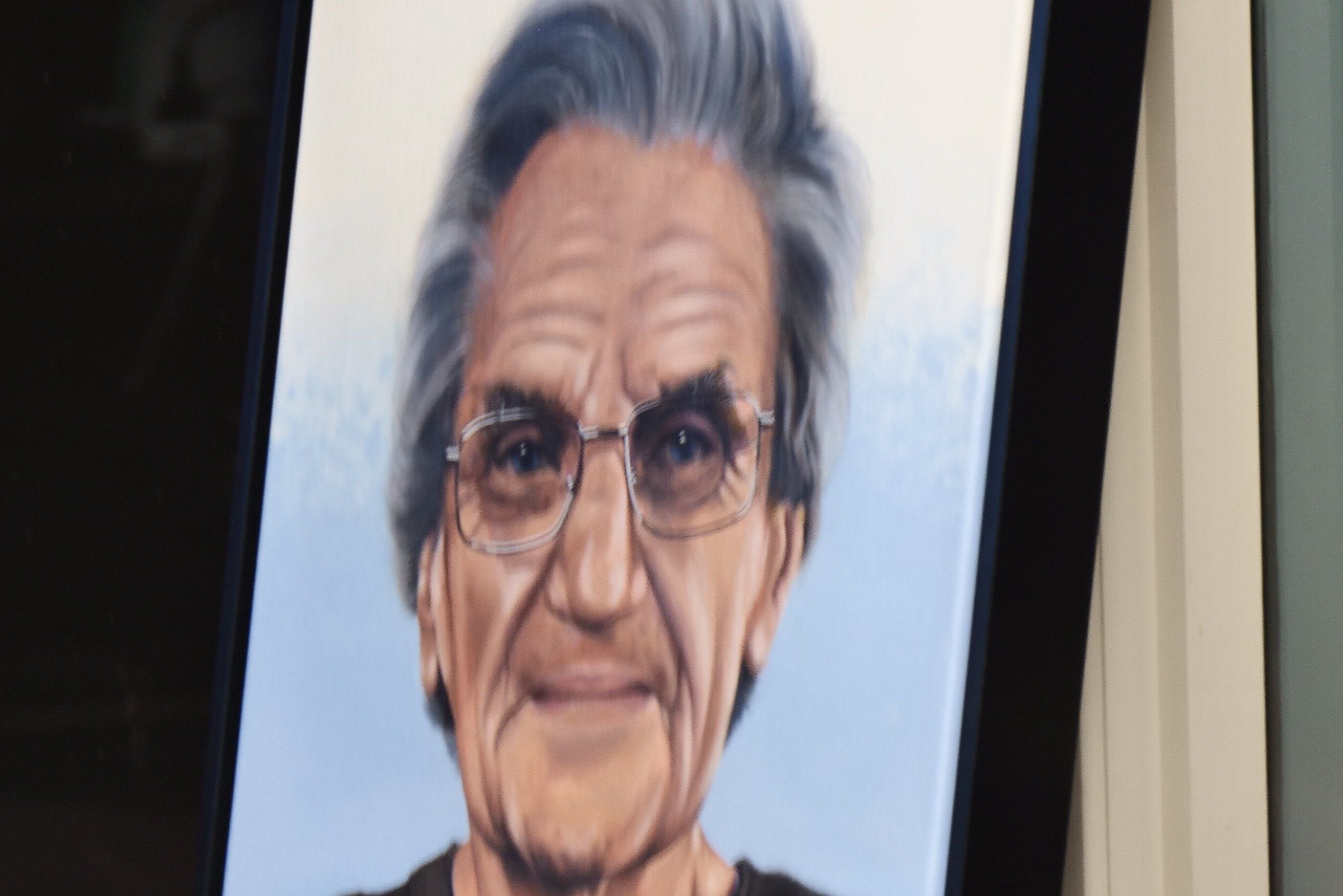
Auckland engineer Ivan Mudrovcich, who created the reproduction. Photo / Tom Eley
The Pearse project had changed hands several times before reaching his father, after being with George and Richard Bolt, who attempted to create the 1903 design.
Mudrovcich got serious about the project when his business partner, Don Nicholson, said: “You know, we’ll need an engine.”
Mudrovcich’s father started the project after retirement, at the age of 65. While some men like to start golfing or go fishing, he wanted to take on the biggest project of his life.
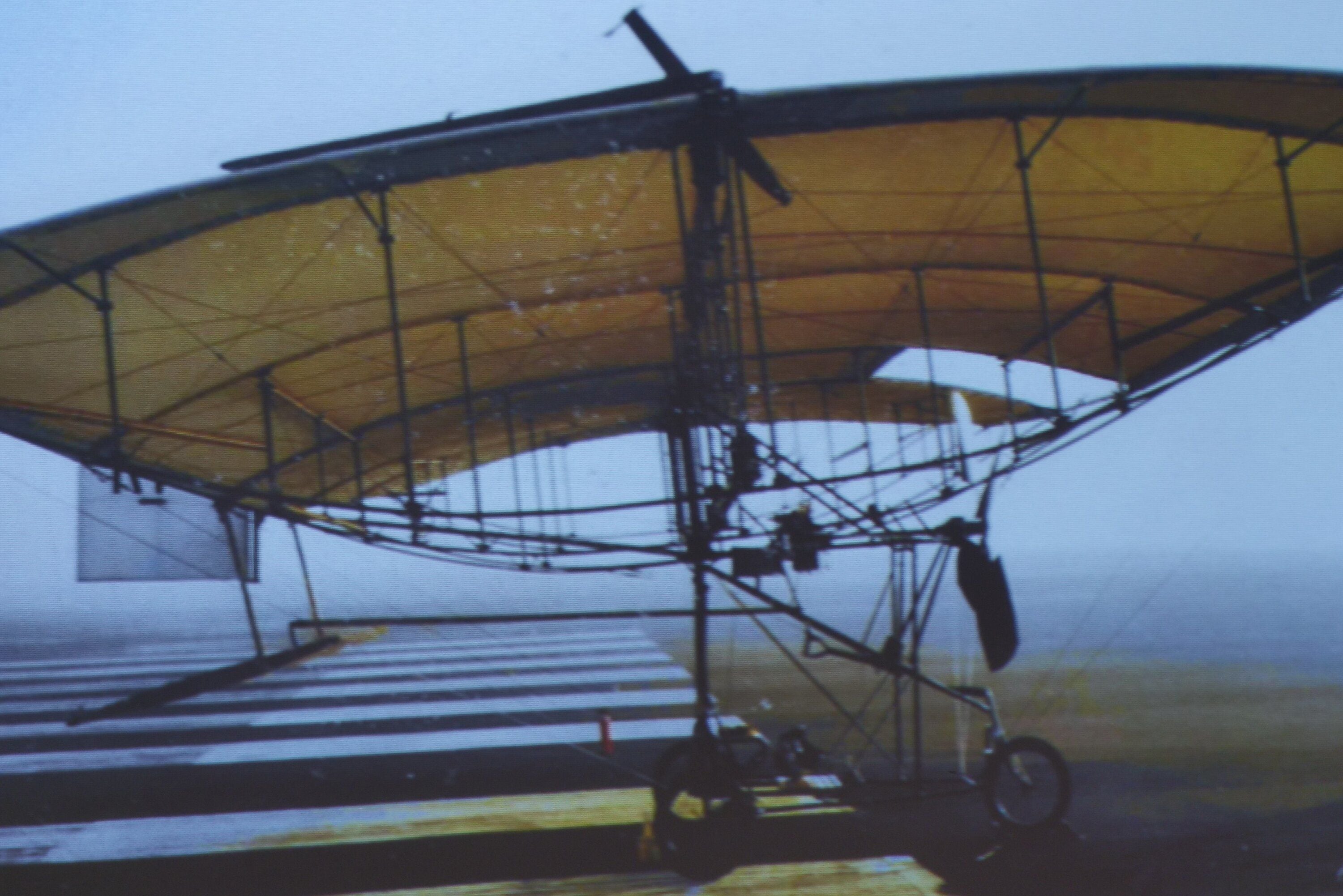
Ivan Mudrovcich's reproduction of Richard Pearse's aircraft. It is now in the main hanger at Classic Flyers in Mount Maunganui. Photo / Tom Eley
Hope and despair
The engine had disappeared, only to be found at a rubbish tip in the Waitohi Valley in 1970, Mudrovcich said.
The aircraft is not an exact replica as there were no blueprints or designs that Mudrovcich could follow, just letters and photos, he said.
Pearse initially built the aircraft using irrigation pipe and scrap sheet metal from his South Island farm, and he built a hybrid engine that combined steam and combustion technology, Mudrovcich said.
“He started about 1901 or 1902,” Mudrovcich said
“To take a four-inch cast iron irrigation pipe with limited resources, a breast drill and some taps with a big hammer to construct an engine is a remarkable achievement.”
The raging debate about whether or not Pearse was the first to fly, or even if he ever did fly, was of no concern to Mudrovcich’s father in this project, his son said.
“His whole thing was that he would build the reproduction as close as he could with all the information he could get. And he said, ‘You guys can decide if he flew or not. I’m not interested in that’.”
Pearse and Mudrovcich’s father both had moments of hope and despair while working on the project.
Pearse would have to return to the drawing board after landing on top of hedges, and Mudrovcich would have problems too, especially at Whenuapai in 2013.
Mudrovcich and his family put the aircraft on a trailer to measure the lift generated by the wing.
“In hindsight, it was a bad idea because they towed it down the runway at 30 kilometres per hour, and the wing broke.”
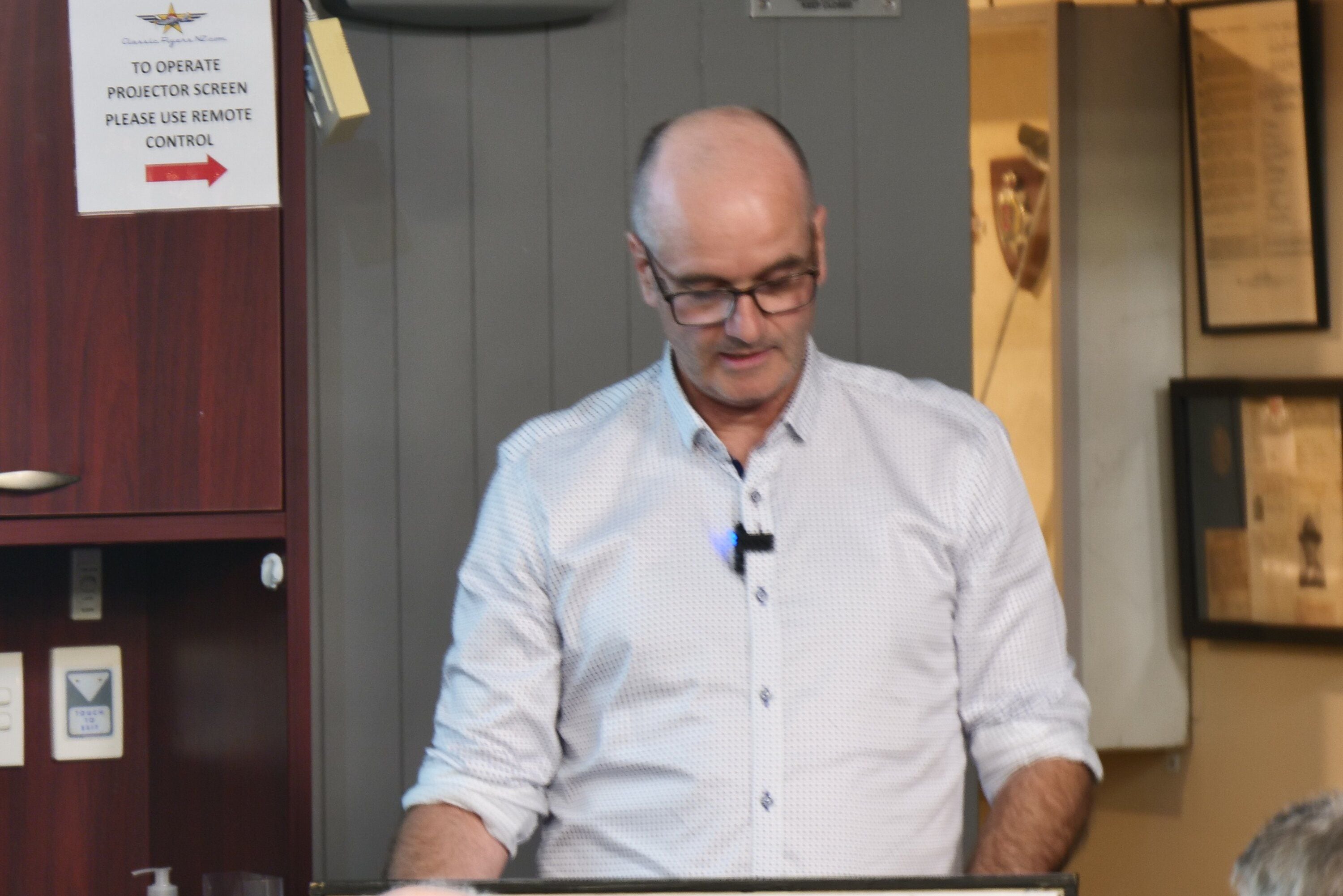
Ivan Mudrovcich talks about his father's work at the Jean Batten Address. Photo / Tom Eley
After visiting his father that night, his son said he had expected to see disappointment and frustration with the failure, only to be proven wrong.
“I went up there, and he was like, ‘Well, you know, things break, you know, I have got to fix it again’.”
This sense of determination made Pearse and Mudrovcich kindred spirits, and a few months later, the broken wing was fixed.
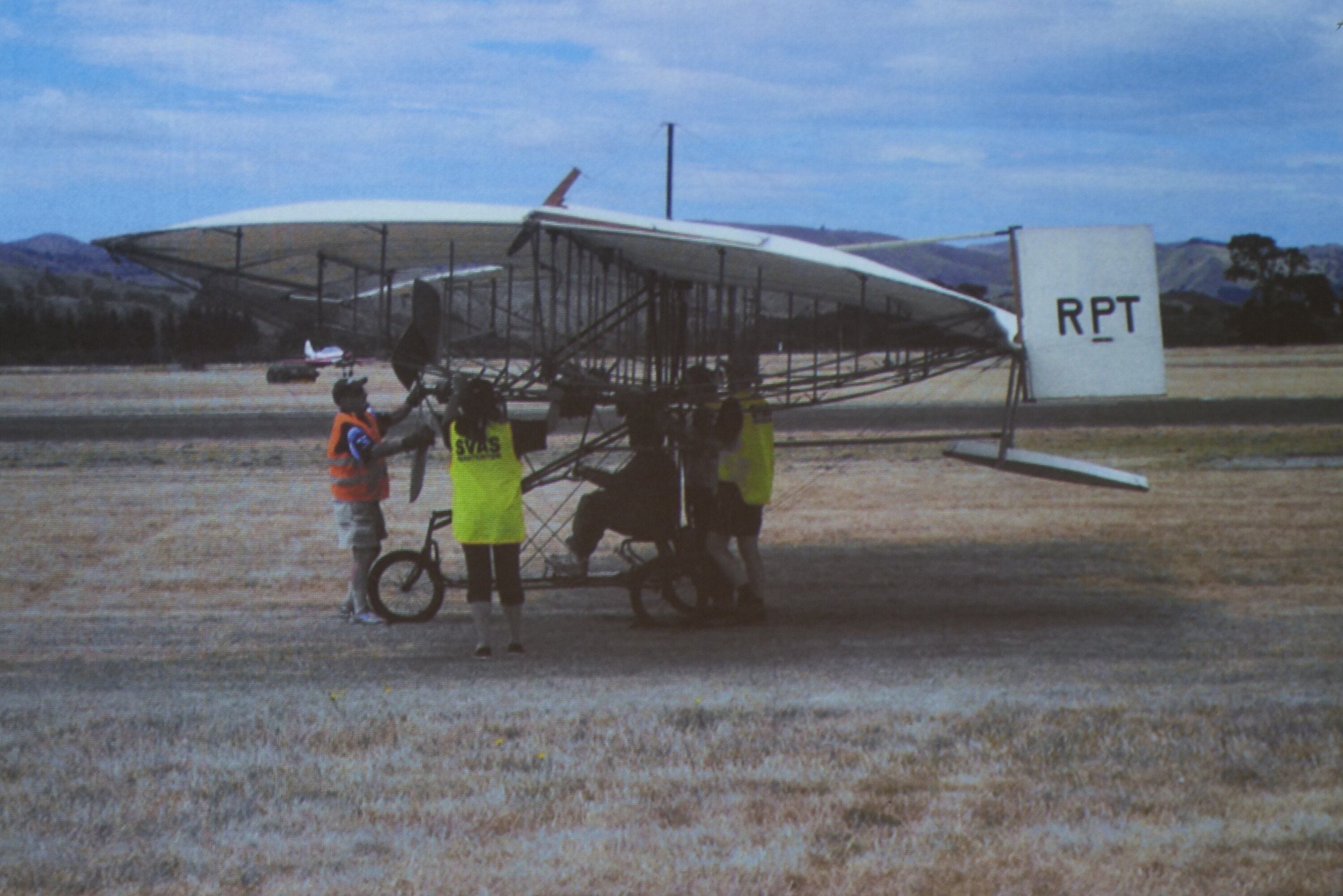
The reproduction of the Richard Pearse aircraft at Wings over Wairarapa in 2015.
A twist of fate and a new champion
More disappointment followed in 2015. They took the aircraft to the Wings over Wairarapa airshow, where it taxied down the runway, but due to the wind, no flight was attempted.
Next, they would take it to the Mercury Bay Aero Club in Whitianga, but engine problems would persist and then his father had a cardiac event, requring a helicopter took him to the hospital.
“There’s just a rollercoaster of ‘we’re going to fly, we’re going to try’ and all this happens with ups and downs, and then Dad died in 2018.”
The attempts at flight would stop, but the passion for the project would continue, with Mudrovcich’s mother, the maverick engineer’s wife Janet, championing the cause.
“Dad could not have done it without Mum. They were one of those couples married for 60 years and did everything together.”
His mother wrote a poem called The Farmer That Dreams of Flying for children when they visit the museum, Mudrovcich said.
The poem will be on cards that kids can take home and read, he said.
A self-taught ‘tinkerer’
Pearse’s story is an exceptional one, according to Mudrovcich, growing up on a farm where his father would give him and his brothers a parcel of land each to look after and maintain.
Pearse proved to be a poor farmer, much to the disappointment of his father, as he let his farm become ragged and ruined, instead concentrating on building aircraft, Mudrovcich said.
Pearse was a self-taught “tinkerer” with no formal engineering training or YouTube tutorials to teach him what to do.
“He corresponded with the Wright brothers. So he wasn’t a dummy, according to his brother. He had quite a mathematical mind,” Mudrovcich said.
Pearse’s project was abandoned in 1911 after seven years of hope, disappointment and landing on the top of hedges.
Mudrovcich said that Pearse acknowledged in various letters to his family that he wasn’t the first to fly and even had some self-doubt about whether he did or did not fly.
Like Mudrovcich’s father, it was about whether or not he could try to do it from a small country at the bottom of the world.
“It doesn’t matter if he did or not, but let’s talk about it him anyway,” Mudrovcich said.
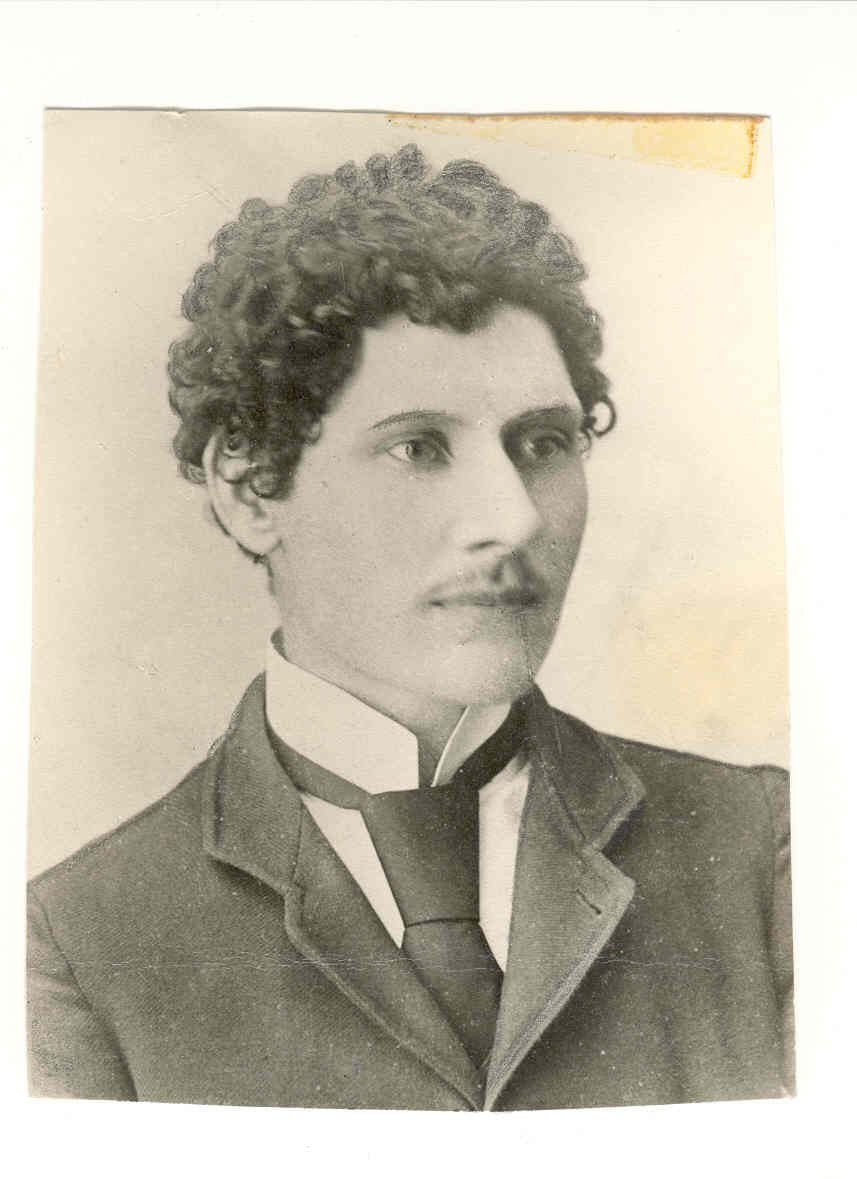
Richard Pearse.
An almost successful attempt at flight
Test pilot Neville Hay, who attempted to fly the replica at Whitianga’s Mercury Bay Aero Club in 2016, stated that the replica might have been capable of achieving flight.
“The wind was coming from the left corner. And the temperature was about 24 degrees, and the wind was quite strong,” he said.
The engine started and produced the best power Hay had experienced at that time. However, he noted that the nose wheel and one of the tubes were about to come off.
“That’s when I cut the engine.”
“But it was very light, and I believe flight could have been achieved with the wind being dead ahead of us and the aircraft balanced,” Hay said.

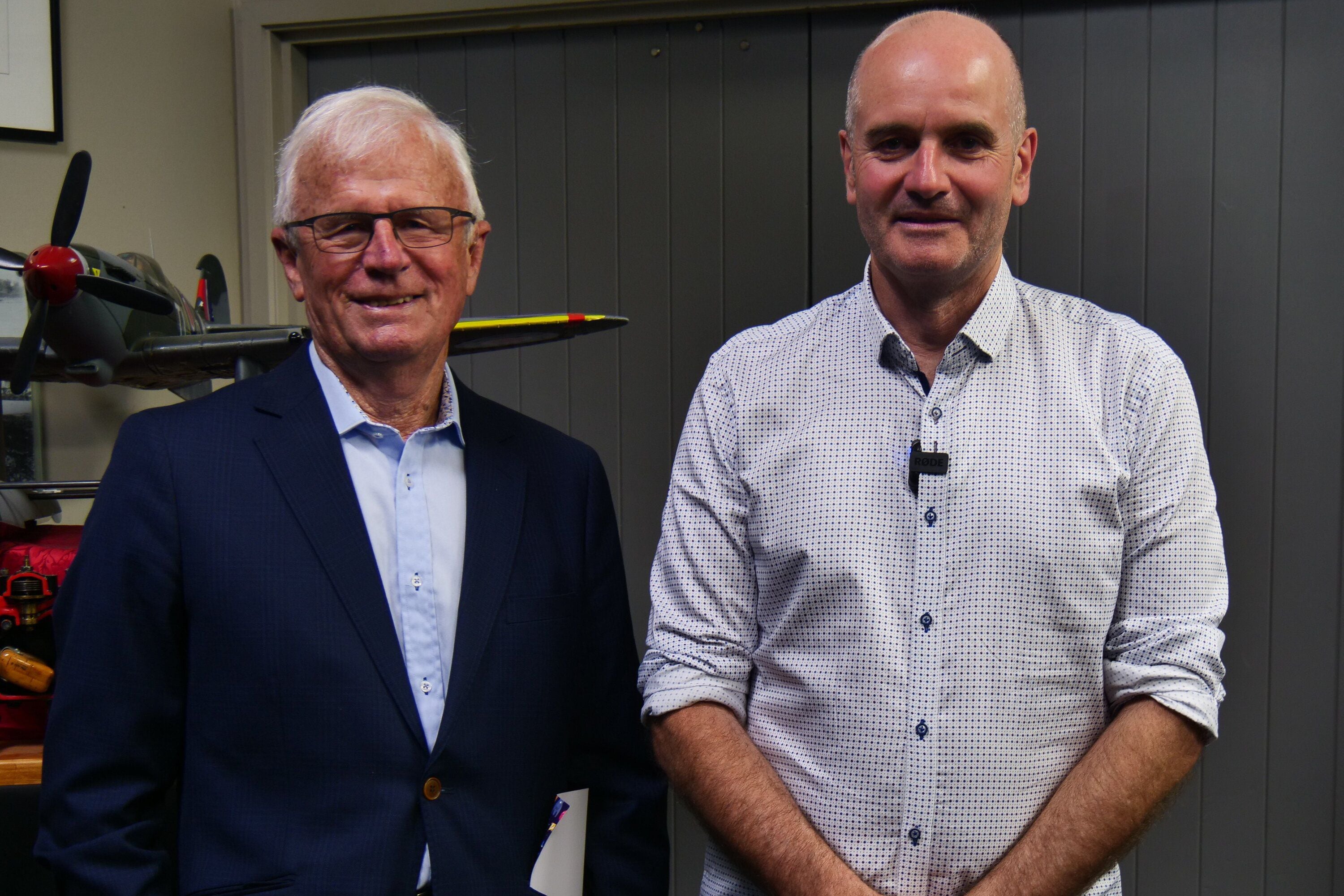

0 comments
Leave a Comment
You must be logged in to make a comment.